Leading market players are investing heavily in research and development to expand their product lines, which will help the aircraft wheel and brakes market grow even more. There are some strategies for action that market participants are implementing to increase their presence around the world's footprint, with important market developments including new product launches, contractual agreements, mergers and acquisitions, higher investments, and collaboration with other organizations. To expand and survive in a more competitive and rising market climate, the aircraft wheels and brakes industry must offer cost-effective items.
Manufacturing locally to minimize operational costs is one of the key business tactics manufacturer use in the aircraft wheels and brakes industry to benefit clients and increase the market sector. In recent years, the aircraft wheels and brakes industry has offered some of the most significant technological advancements. Major players in the aircraft wheels and brakes market, including Boeing, Airbus, Bombardier, Embraer, ATR, Mitsubishi Heavy Industries, and others, are attempting to increase market demand by investing in research and development operations.
Boeing is the world's largest aerospace corporation, designing, building, and servicing aircraft for commercial airlines, the military, and the space industry. The Company, a leader in U.S. exports, promotes economic opportunity, sustainability, and community impact by drawing on the skills of its worldwide supplier network. Boeing's multicultural staff is dedicated to looking ahead optimistically, setting the standard for environmental leadership, and fostering a culture based on the Company's guiding principles of safety, quality, and integrity.
In April 2023, Boeing and Azerbaijan Airlines announced that the national flag carrier had purchased eight 787-8 Dreamliners to bolster the expansion of its long-haul fleet. The fuel-efficient planes will let the Central Asian airline increase its capacity for incoming tourists and create new flights out of Azerbaijan at a profit.
Bombardier is a market leader in the aviation industry, producing and maintaining some of the world's finest business jets. Bombardier's Challenger and aircraft series have earned a stellar reputation for their cutting-edge engineering, interior design, performance, and dependability. Bombardier's fleet comprises about 5,000 planes with various multinational corporations' charter, fractional ownership providers, governments, and private individuals. Because of Bombardier Defense's track record, Bombardier planes are also used by governments and militaries for specific missions. Bombardier has offices and factories across Canada, the United States, and Mexico, with its main office located in Greater Montréal, Québec.
The Company's customer support network comprises locations in the US, Canada, the UK, Germany, France, Switzerland, Italy, Austria, the UAE, Singapore, China, and Australia, where the Learjet, Challenger, and aircraft families are serviced. In May 2023, Bombardier is happy to announce that its credit rating has been raised by S&P Ratings from B- to B due to the Company's strong execution, stable backlog, and professional management of supply chain risks.
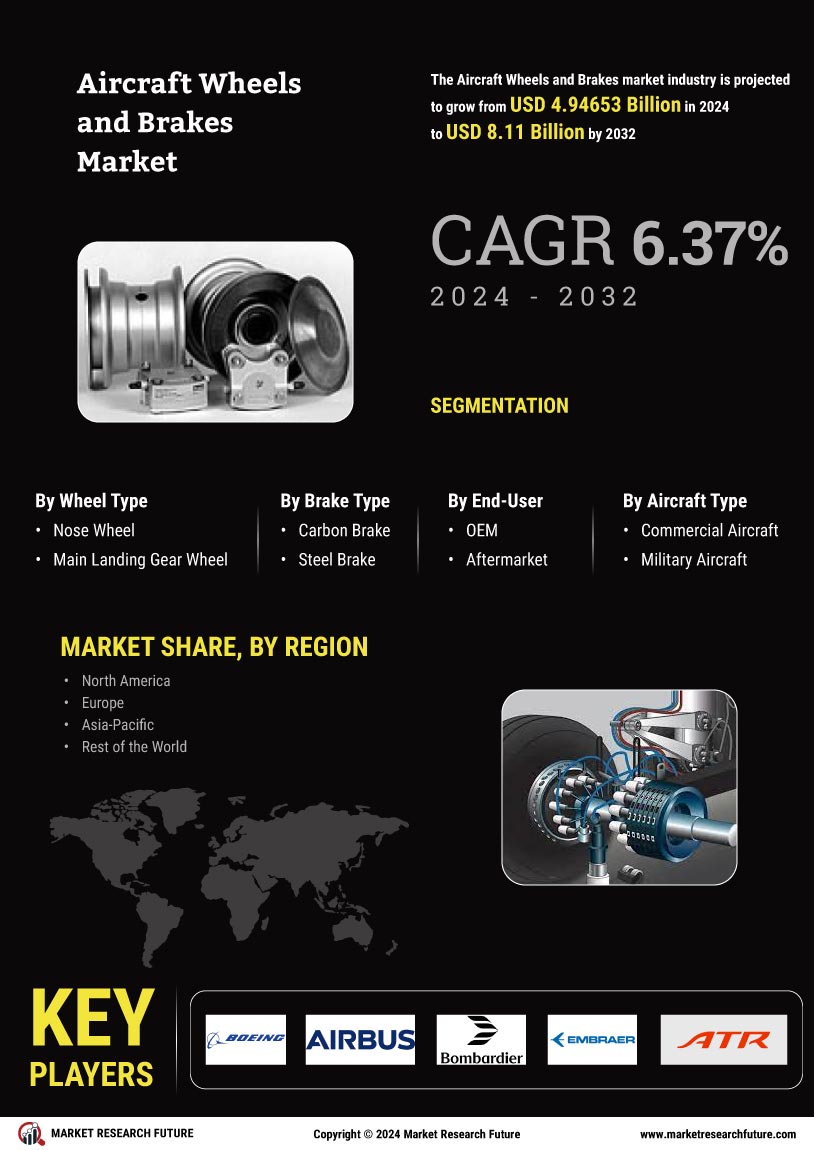

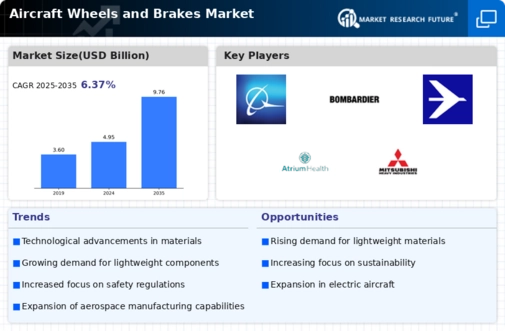
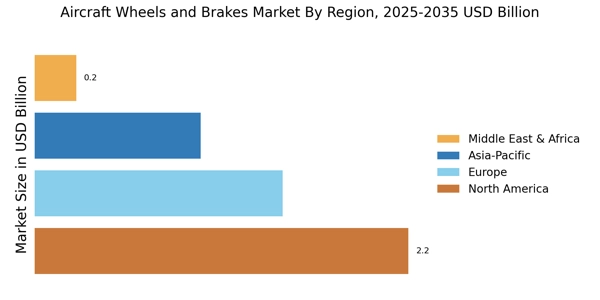

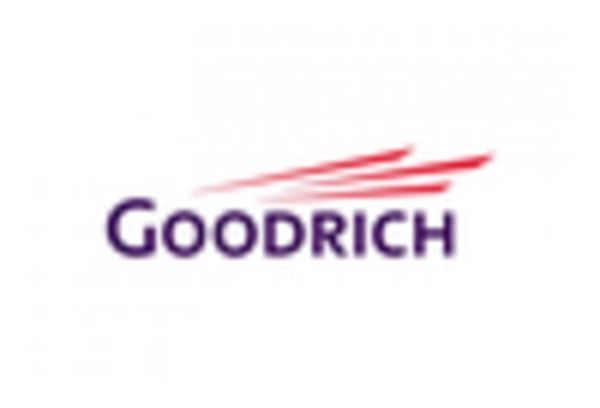

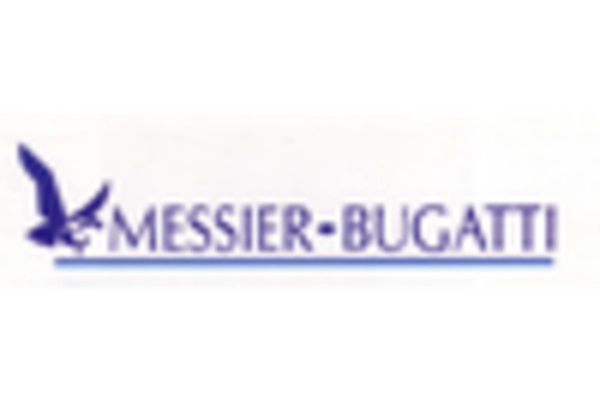










Leave a Comment